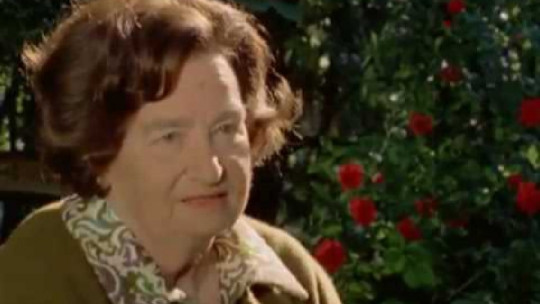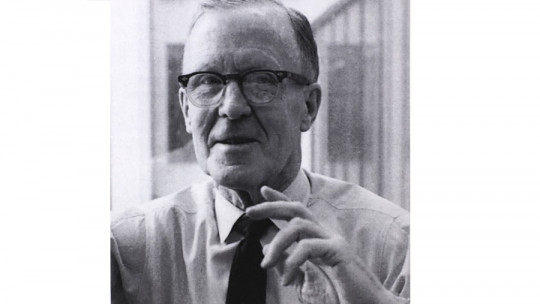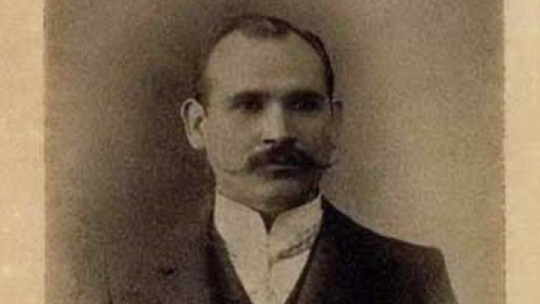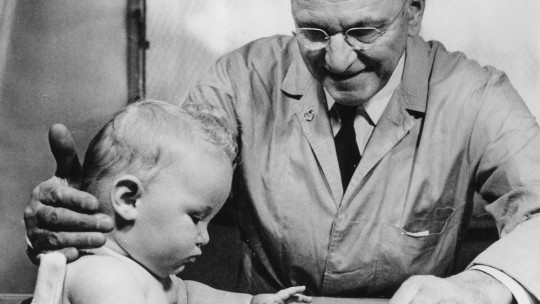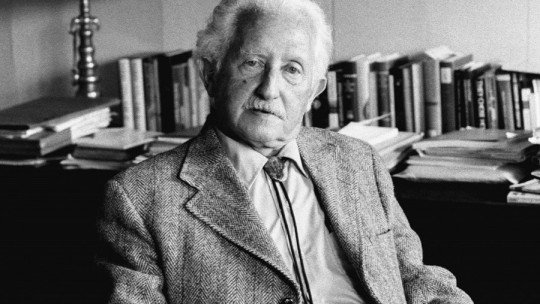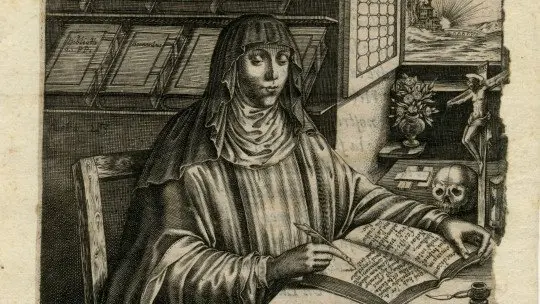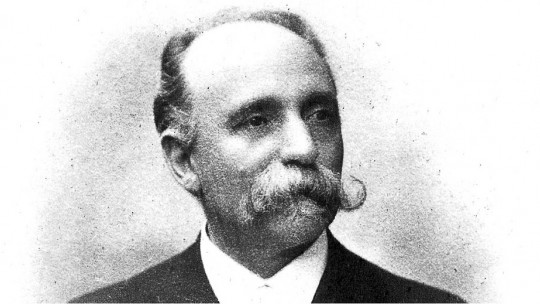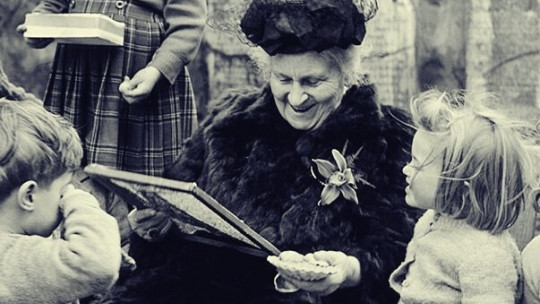
Maria Montessori is known for having created the pedagogical model that we know as the “Montessori Method” However, his biography is much more extensive. She was also one of the first women to obtain a medical degree in Italy and participated as an activist defending the rights of women and children.
Likewise, Maria Montessori specialized in areas such as biology, philosophy and psychology, which allowed her to create knowledge and interventions on child development that remain valid to this day.
Maria Montessori: biography of this doctor and activist
Maria Montessori was born in Chiaravalle, province of Ancona, in Italy, on August 31, 1870. The only daughter of a military father descended from the nobility of Bologna who had fought for the independence of Italy; and a liberal, Catholic and intellectual mother whose family was involved in the world of philosophy, science and research.
It is not surprising that the rest of her biography developed as it did: at just 12 years old, María Montessori and her family moved to the city of Rome, with the intention of ensuring that she would study in the best schools of the time.
While there, she showed an interest and a special ability for mathematics, so, despite her father’s wishes that she become a teacher, Maria Montessori enrolled in an engineering technical school where only men attended.
A year later, his interest in studying medicine arose, so he decided to abandon engineering and begin new studies at the age of 22, even in the face of initial refusal and rejection from the director, his father and his classmates, who considered that Medicine was a specialty that only men could practice.
Finally, in 1896, at the age of 26, Maria Montessori became one of the first female doctors in Italy the same year in which she was elected as a representative of Italian women at the Feminist Congress held in Berlin, where she defended equal rights for women.
At the same time, he denounced the situation experienced by children working in mines in Sicily, thereby joining the fight against child labor exploitation. Some time later and motivated by an awareness of social justice, she began to work in psychiatric clinics and schools where children with intellectual disabilities mainly attended in very precarious conditions. At the same time, Maria Montessori had continued studying biology, philosophy and psychology, both in Italy, France and England.
These are the experiences that finally allowed him to develop the pedagogical method that bears his name.
From medicine to pedagogy: beginnings of the Montessori method
In the time that Maria Montessori lived, medicine was strongly interested in finding treatments and even a “cure” for some conditions such as deafness, paralysis, intellectual disability, etc. But, what Maria Montessori observed while she worked with boys and girls with these conditions, was that what they really needed was not medicine, but pedagogy.
Maria Montessori made many observations at the Psychiatric Clinic of the University of Rome, which led her to realize that the real problem that many children with disabilities played in ways that seemed socially inappropriate, was that they were bored, because they did not have didactic materials, in addition to the fact that the space in which they were found was very messy and its conditions were quite precarious.
From there, Maria Montessori had the idea of building an environment that was pleasant, she was convinced that the conditions of space and materials were crucial for the development of children’s intellectual and social skills. At that same moment she learned that there were two French doctors who had developed an educational method along similar lines, so she traveled to Paris to interview them.
Upon her return, the Italian state had inaugurated an institute aimed at enhancing the intellectual abilities of people with disabilities (School of Orthophrenia), where Maria Montessori She obtained the position of director and continued as a teacher trainer as well as a university professor and lecturer in different cities.
What was the first Montessori school?
Finally Maria Montessori had the opportunity to create her own educational center. In January 1907 she inaugurated in Italy the first Casa dei Bambini (Children’s House – the name by which the classroom, or Montessori environment, intended for children from 3 to 6 years old, is known to this day).
He paid special attention to how the environment would be prepared, having furniture made to the size of the children (which at the time was quite innovative). Likewise, he designed pedagogical material appropriate to the ages and sensitive periods of the children and hired a teacher as an assistant. Together they began working with around 50 children.
Maria Montessori He continued to constantly observe the evolution of the boys and girls, with which he was able to continue developing his educational method In the same way he was able to continue designing activities and teaching materials, but above all he managed to substantiate the theoretical and empirical principles that define the method to this day.
Maria Montessori had finally become a teacher (just as her father had wanted), but her biography shows us that she was also a woman who revolutionized traditional forms of teaching-learning: she maintained the commitment to respect boys and girls, with which managed to recognize what they needed to learn more easily.
His method was initially recognized as a “scientific pedagogy” that finally had repercussions in homes, because it was notorious that boys and girls very easily transferred knowledge and habits to their homes and also to public spaces. He had inaugurated a way to enhance the development of children that had implications far beyond formal education and the schools themselves.

